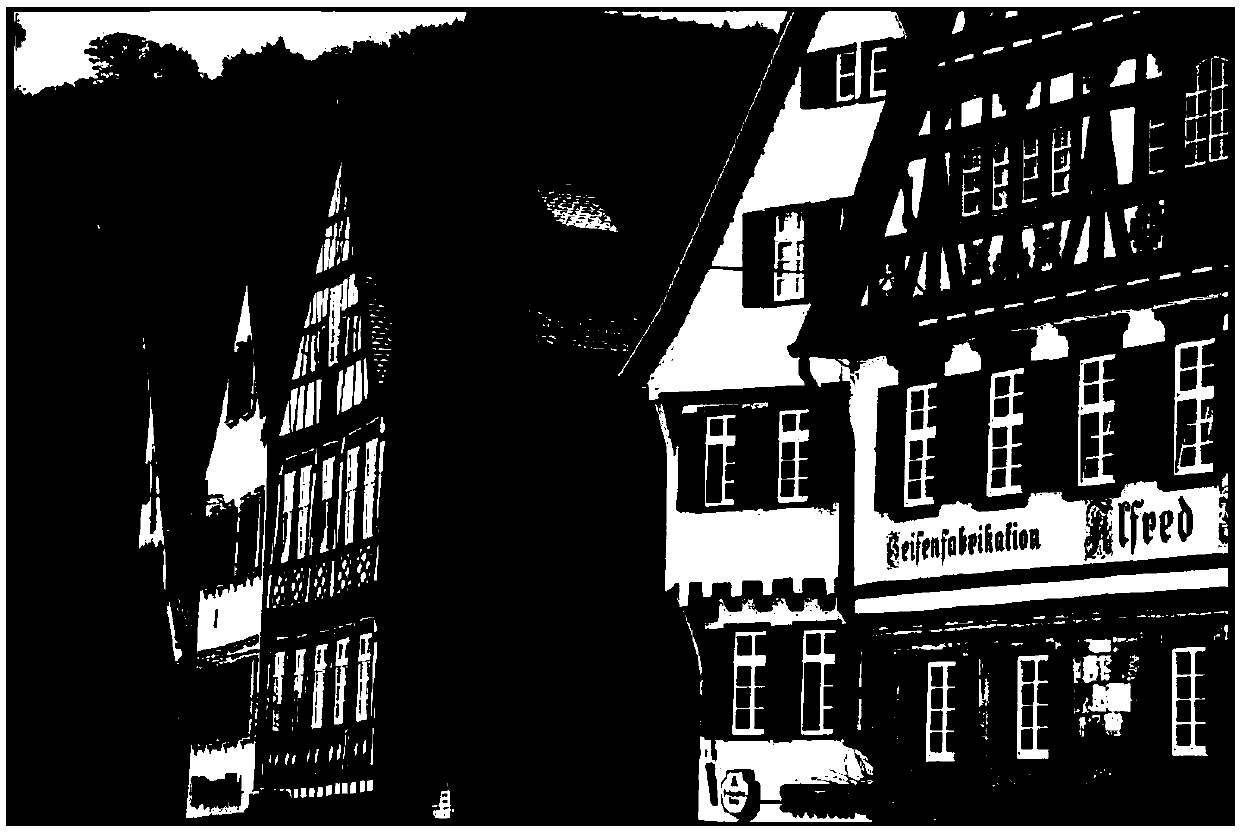Non-reference quality evaluation algorithm combining multiple edge detection operators
An edge detection operator and reference quality technology, applied in computing, image data processing, instruments, etc., can solve problems such as difficulty in reflecting image texture details and singleness, and achieve excellent performance and high consistency
- Summary
- Abstract
- Description
- Claims
- Application Information
AI Technical Summary
Problems solved by technology
Method used
Image
Examples
Embodiment Construction
[0025] In order to make the solution of the present invention clearer and easier to implement, so as to highlight the advantages and objectives of the present invention, the implementation of the present invention will be further elaborated and described below in conjunction with the accompanying drawings.
[0026] 101: digital image edge feature detection;
[0027] Firstly, the first-order edge information gradient and relative gradient are calculated. The magnitude GM and direction GO of the gradient are calculated respectively, which are calculated by formulas (4)-(5).
[0028]
[0029]
[0030] in is the derivative in the horizontal direction; is the derivative in the vertical direction; I represents the original distorted image, represents a linear convolution operation, and h x and h y are the filter templates in the horizontal and vertical directions, respectively.
[0031] In order to highlight the structural characteristics of the neighborhood, the rela...
PUM
 Login to View More
Login to View More Abstract
Description
Claims
Application Information
 Login to View More
Login to View More - R&D
- Intellectual Property
- Life Sciences
- Materials
- Tech Scout
- Unparalleled Data Quality
- Higher Quality Content
- 60% Fewer Hallucinations
Browse by: Latest US Patents, China's latest patents, Technical Efficacy Thesaurus, Application Domain, Technology Topic, Popular Technical Reports.
© 2025 PatSnap. All rights reserved.Legal|Privacy policy|Modern Slavery Act Transparency Statement|Sitemap|About US| Contact US: help@patsnap.com



